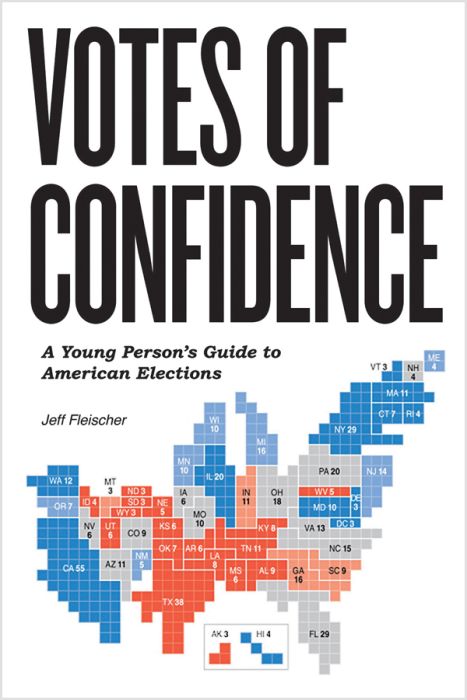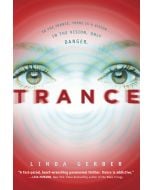
Votes of Confidence: A Young Person’s Guide to American Elections
By Jeff Fleischer
Edition
By Jeff Fleischer
Paperback
Publisher Houghton Mifflin Harcourt Imprint Zest ISBN9781936976904
Awards and Honors The Kirkus Prize 2016 Nominee, Young ReadersVotes of Confidence: A Young Person’s Guide to American Elections
 5
5
Out of stock
SKU
9781936976904J
Why does America have a bicameral legislature? What do political polls really measure? A clear and comprehensive history of the electoral process and guide to becoming an informed voter.
|
Standard MARC Records Cover Art |
Paperback Escape Reads High (Grades 10 & Up)
Paperback Escape Reads High
Paperback Escape Reads High (Grades 10 & Up)
For Grades 10 & Up
This paperback collection offers 12 high-interest reads per year to. Fun titles you can't put down, featuring a mix of original paperbacks from both YA and adult authors. With gentle mysteries, sweet romances, and tame thrillers, these stories provide a satisfying break from heavier reads while still delivering strong writing and engaging plots. Selections may include moderate mature content appropriate for older teens, making this a great choice for high school readers looking for accessible, age-appropriate entertainment.
12 books per Year
$186.12 per Year
Interests
Fiction, Reluctant Readers, Novels, High Interest/Reluctant Reader, Thriller/Horror/Mystery




